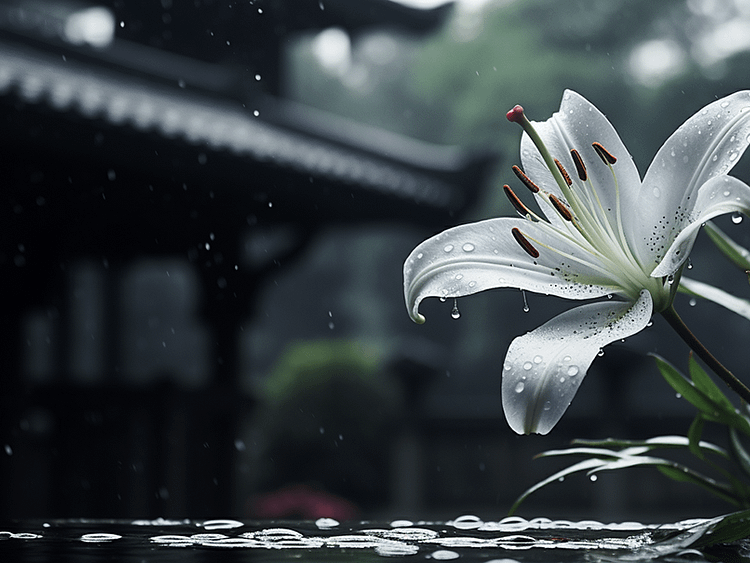
What Flowers Symbolize Grief and Their Traditional Meanings
In the garden of life, flowers speak a language we can’t ignore. We’re here to guide you through the delicate symbols that these beautiful blossoms hold.
Let’s delve into the quiet whispers of grief and mourning embodied in certain flowers, their traditional meanings, and how they gently convey our deepest sympathies.
Together, we’ll explore this tender terrain where petals tell profound stories of love, loss, and remembrance.
Key Takeaways
– White roses represent innocence, purity, and reverence.
– Lilies symbolize restored innocence after death.
– Chrysanthemums are often seen as death symbols in many European cultures.
– Calla lilies symbolize beauty, honor, and strength of character.
Table of Contents
What flowers symbolize grief and mourning?
You’re probably wondering which flowers symbolize grief and mourning, aren’t you? Well, let us delve into the world of symbolic meaning that flowers can carry during such emotionally heavy times.
Lilies: The most common funeral flowers are lilies. They symbolize the restored innocence of the soul of the deceased.
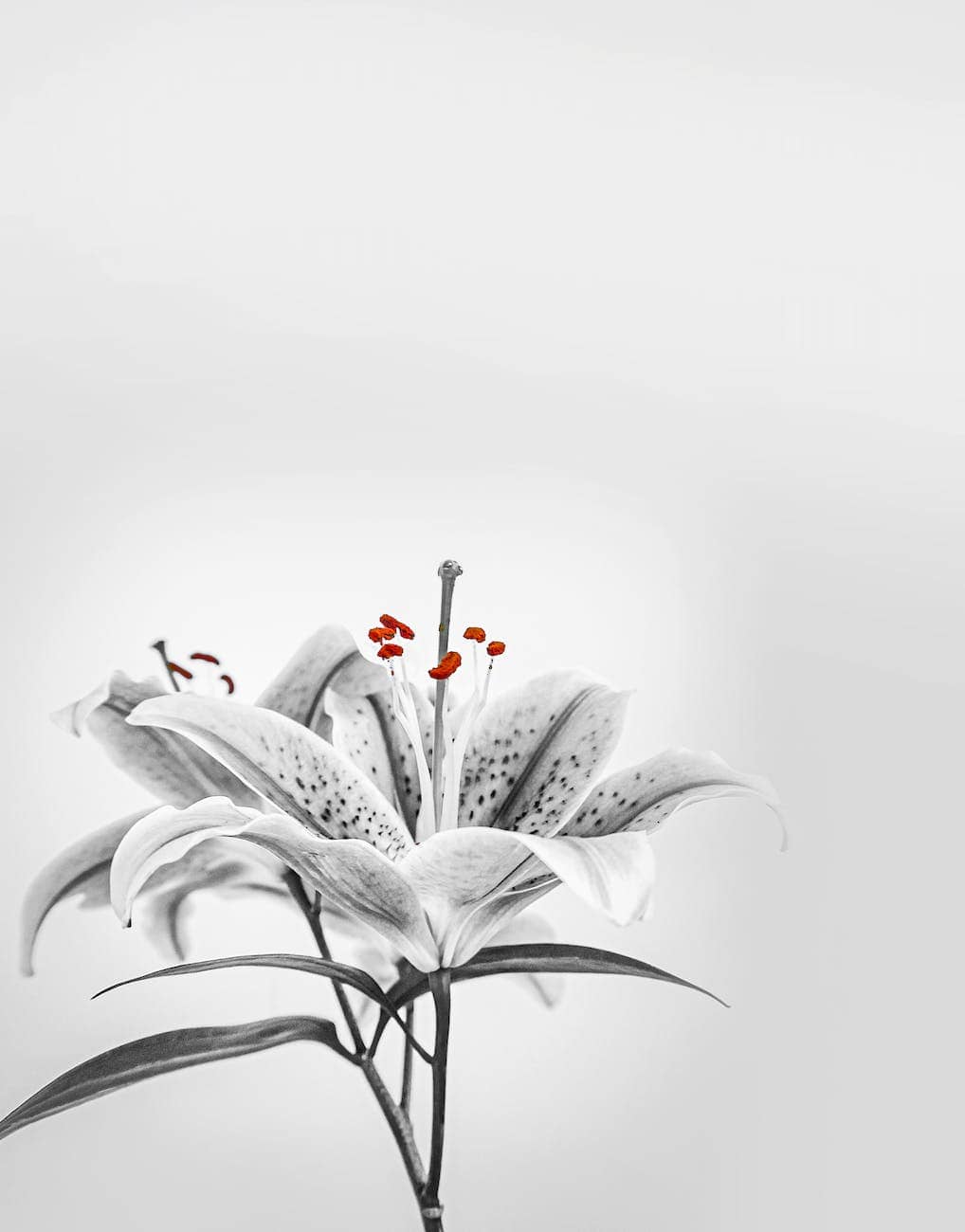
Roses: In funeral arrangements, different colors of roses can symbolize different things. Red roses are often used to express respect and love for the deceased, while dark crimson roses denote grief and sorrow.
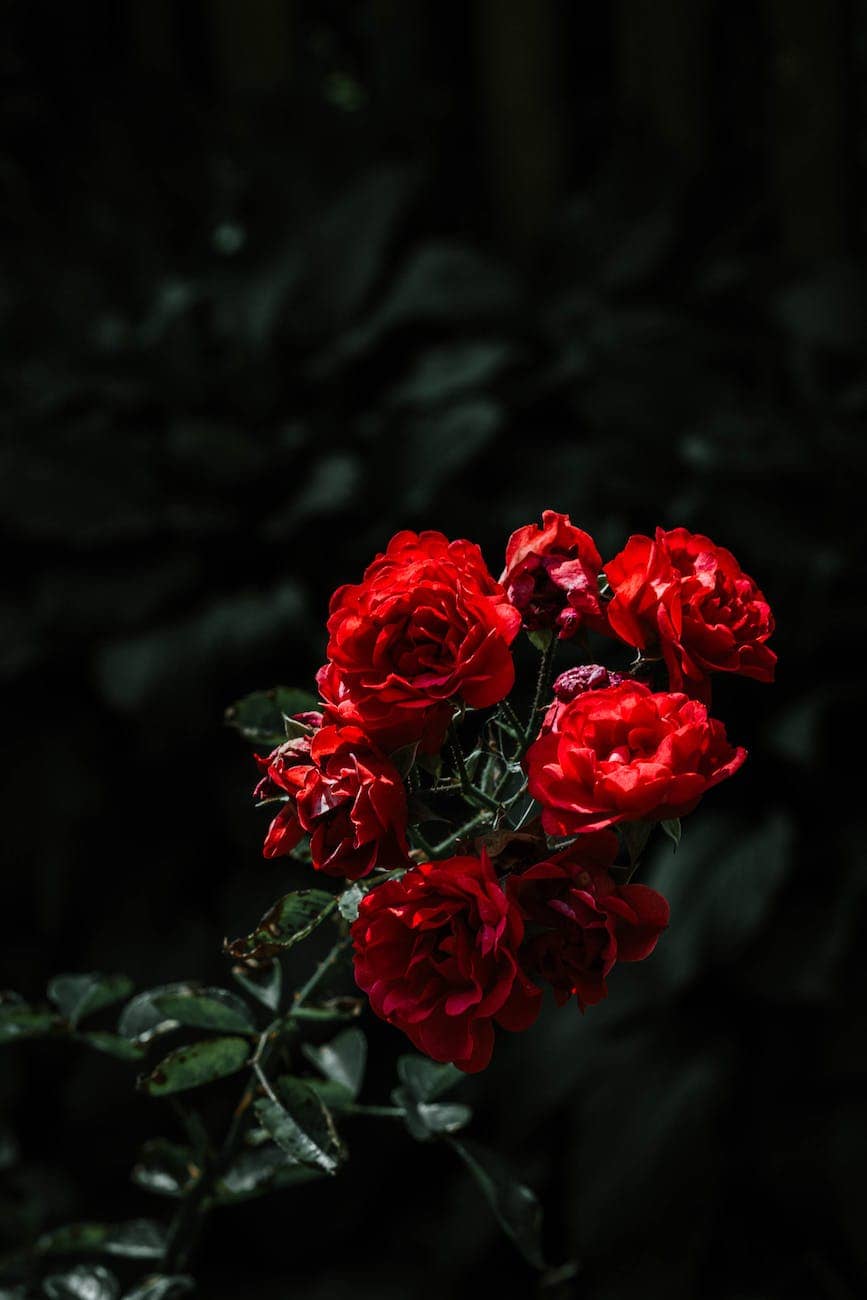
Chrysanthemums: In many cultures, chrysanthemums are seen as a symbol of death and are often used in funeral bouquets and arrangements.
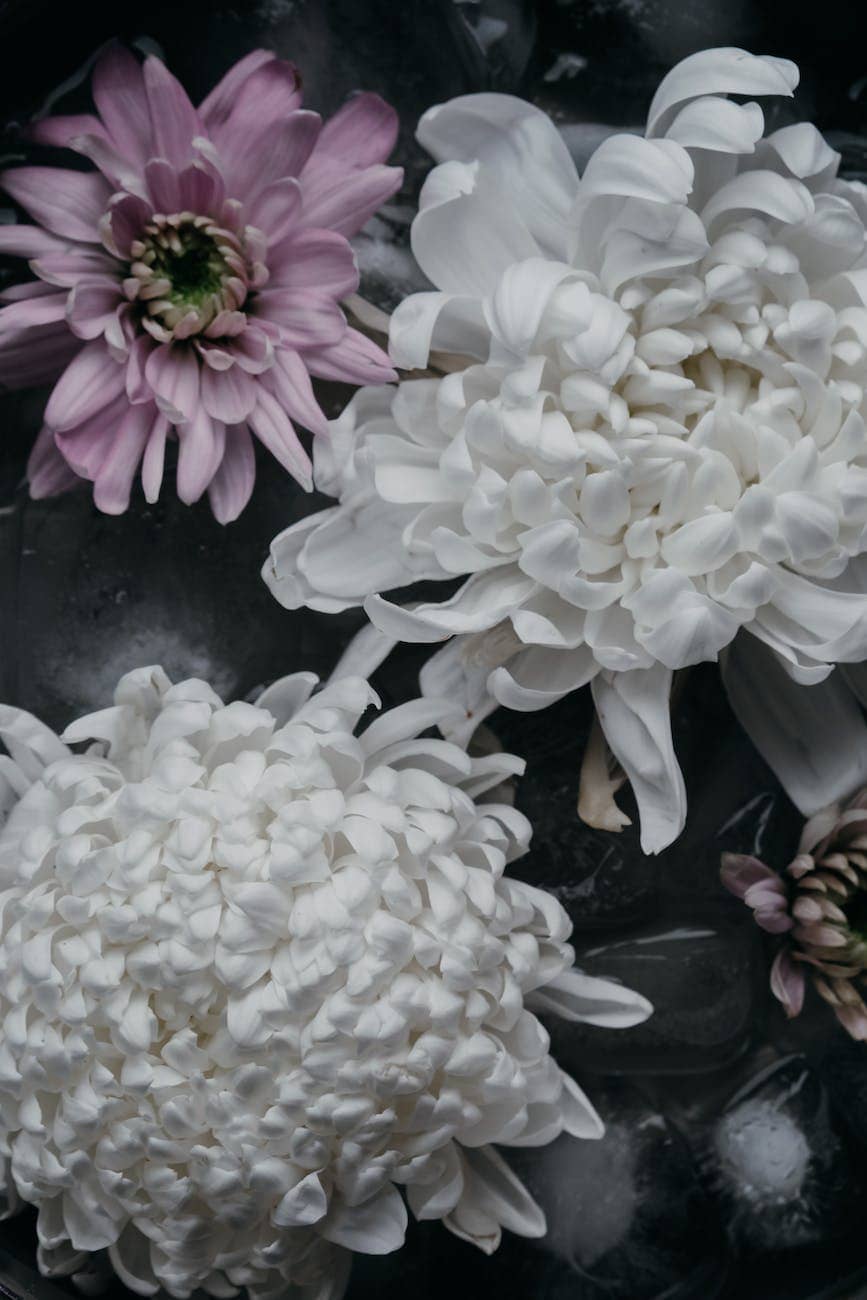
Carnations: Just like roses, different colors of carnations carry different meanings. Red carnations are often used to symbolize deep love and affection, while pink carnations represent remembrance.
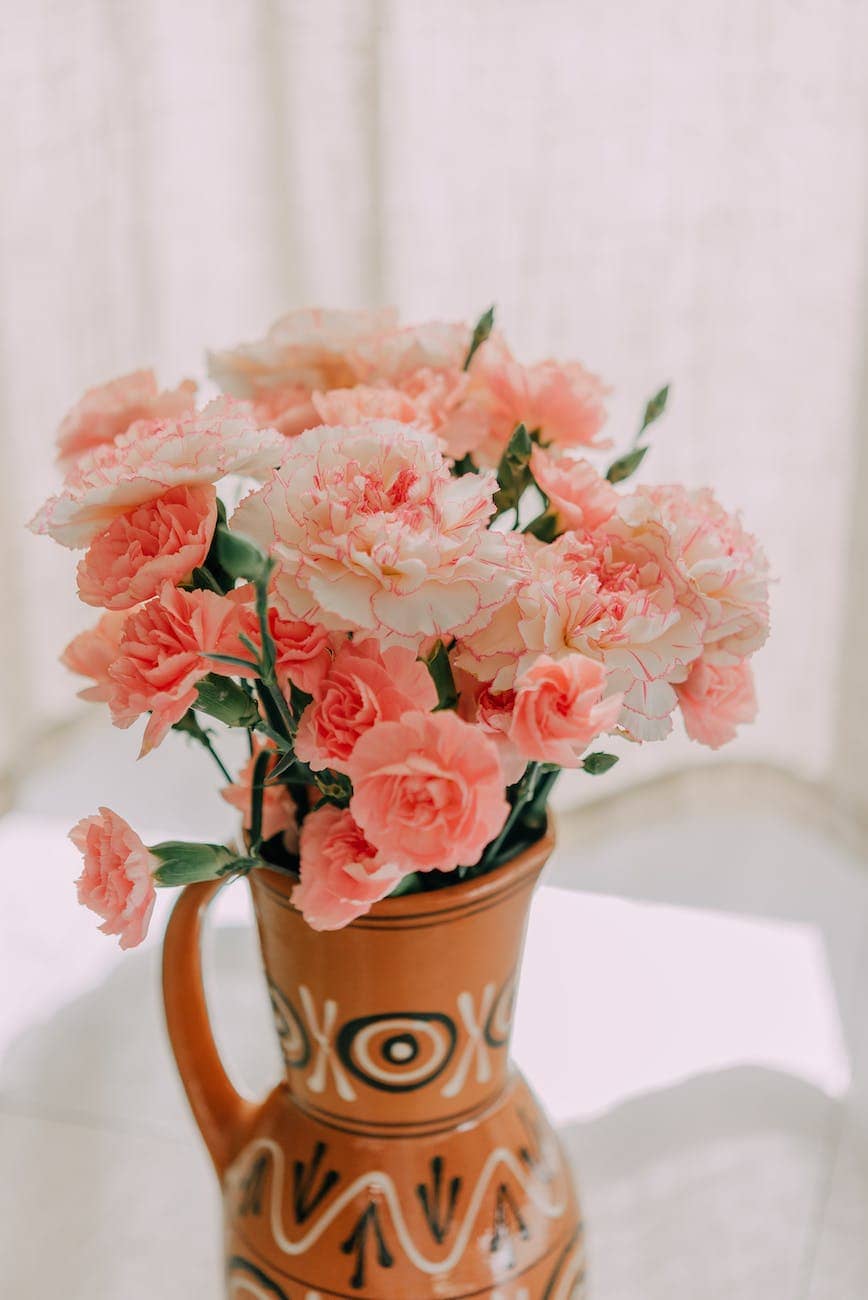
Orchids: Orchids are often chosen for funerals because they symbolize eternal love. The message is that just like love, life continues even after death.
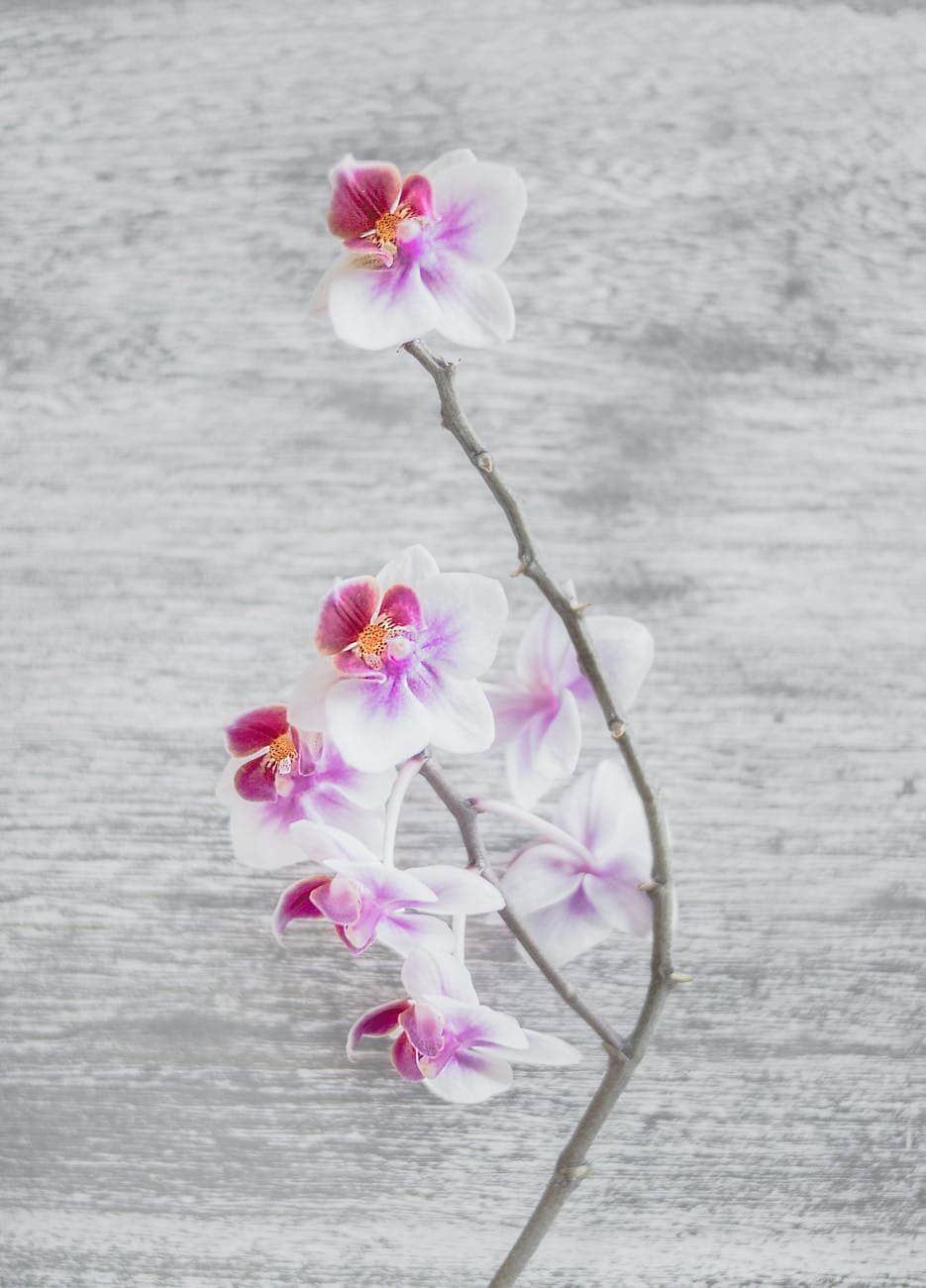
Forget-me-nots: As the name suggests, these flowers are a plea for remembrance.
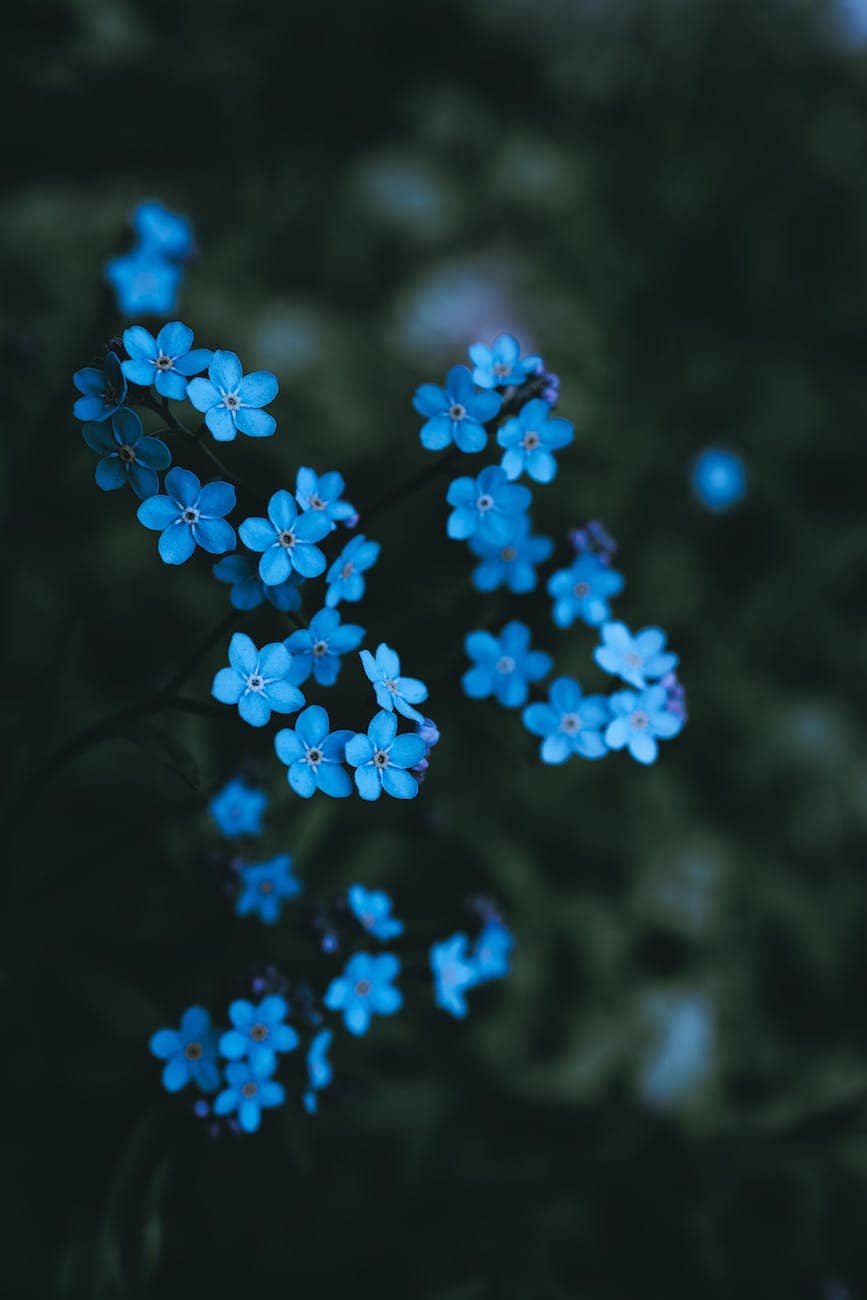
Calla Lilies: These elegant flowers represent beauty. They symbolize the purification of a soul and the rebirth of its spiritual essence.
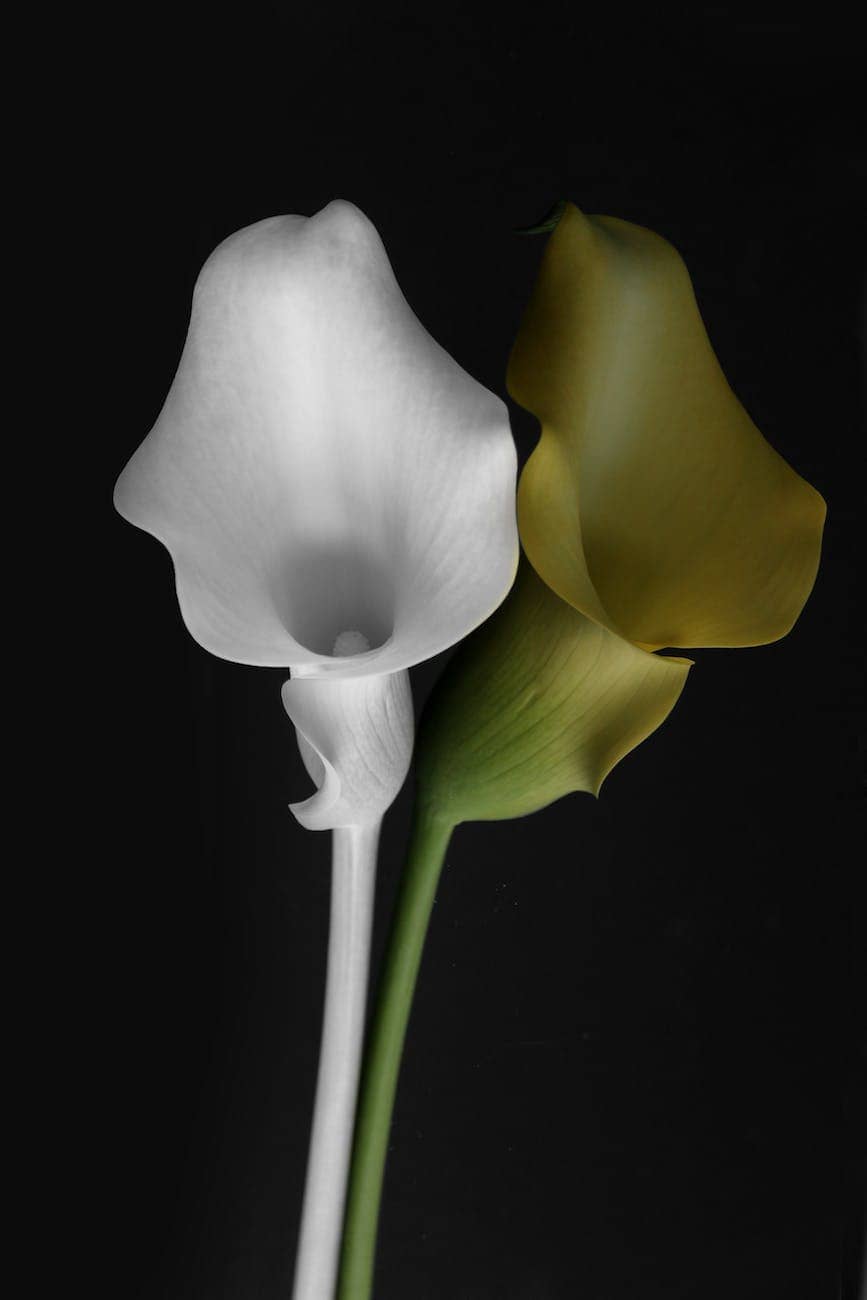
Bleeding Heart: This flower is a powerful symbol of the heartache felt over losing a loved one.
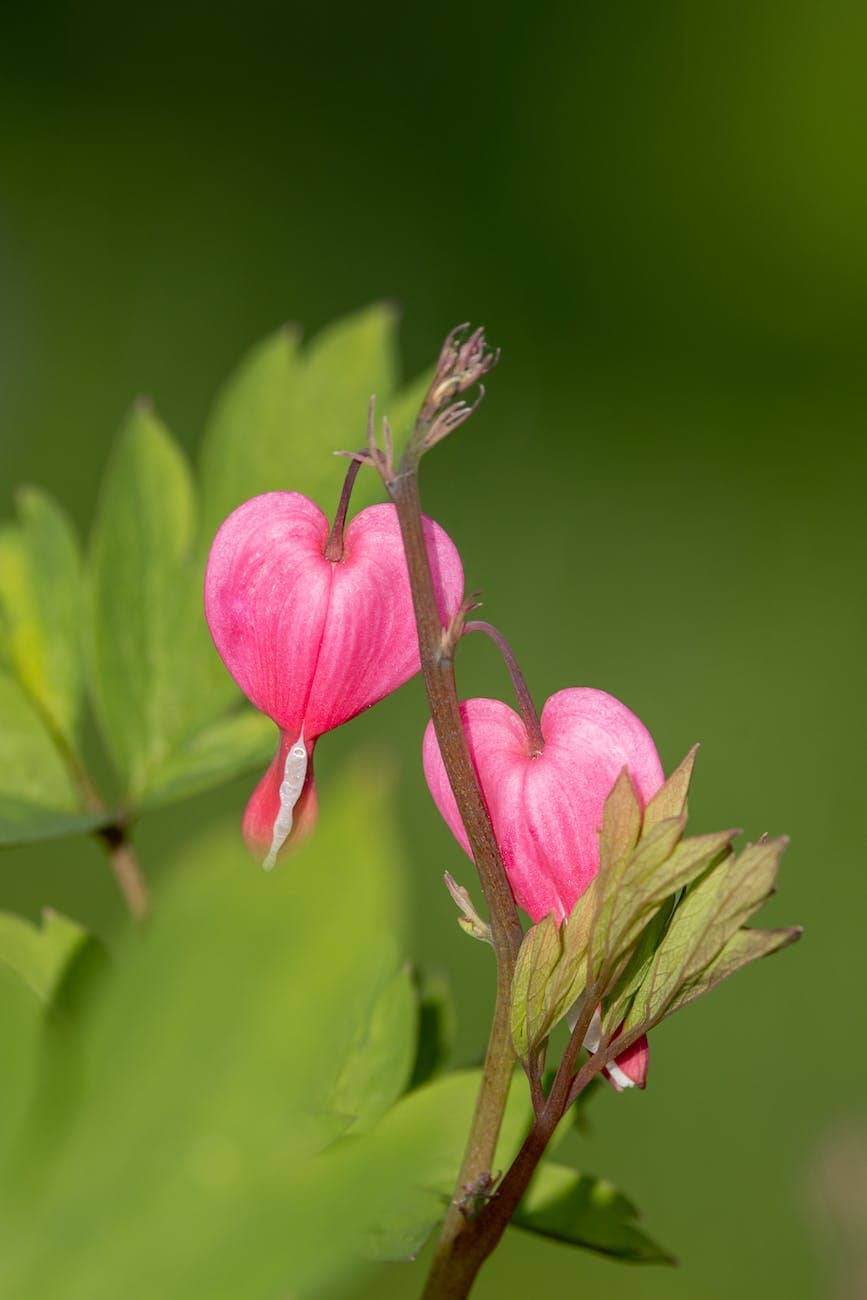
Gladioli: These flowers represent strength of character, integrity, and sincerity. A bouquet containing gladioli can be a tribute to the strength and character of the deceased.
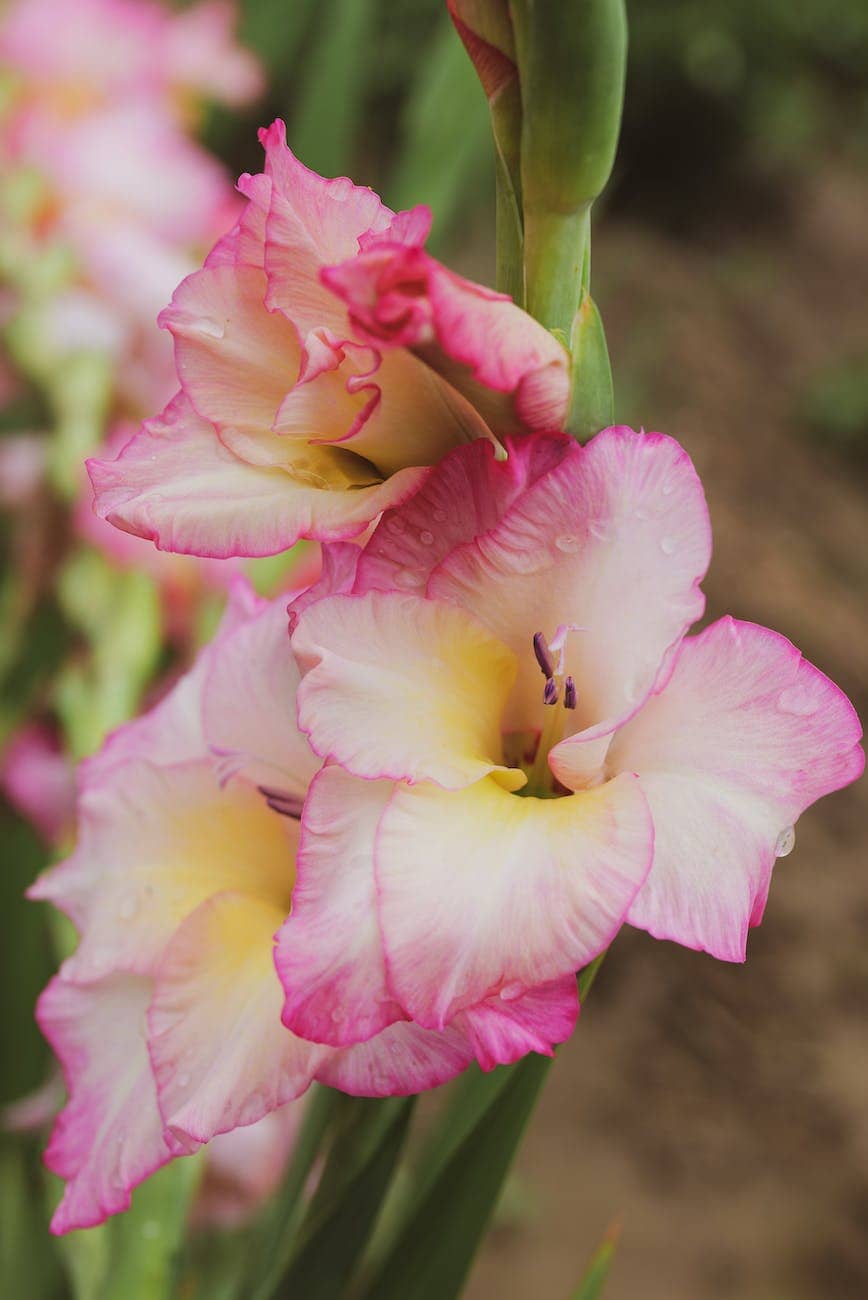
Marigolds: In Mexican culture, marigolds are often used in Day of the Dead celebrations to honor and remember loved ones who have passed away.
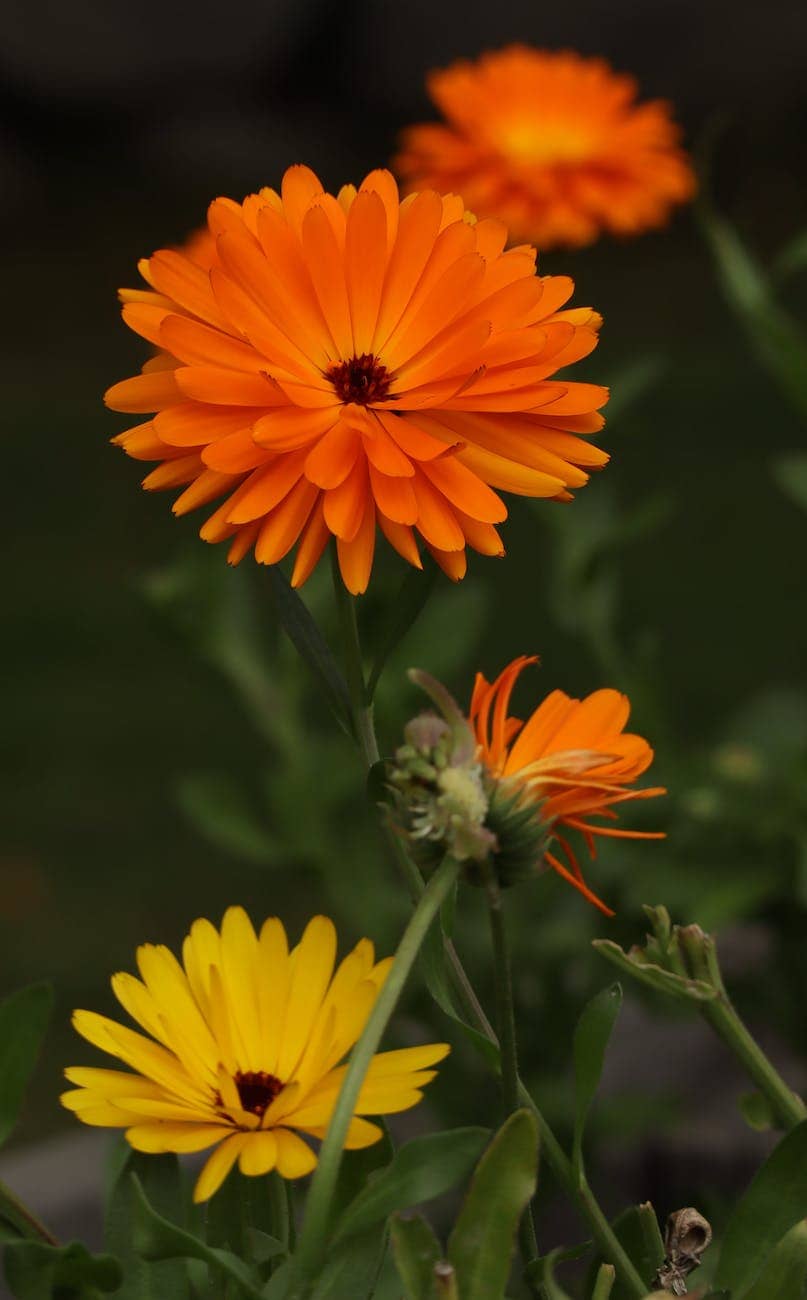
Remember, the most important thing is to choose flowers that you feel symbolize your feelings and memories of the person who has passed away. The beauty of flowers can bring comfort and a sense of peace during a time of loss and sadness.
When it comes to expressing deep sorrow, white roses are often a go-to choice. They embody innocence, purity, and reverence – exactly what is needed for a funeral service.
In funeral arrangements, flowers serve as a tender language of love and respect toward the departed while also providing comfort to those in mourning. We understand how important it is to choose the right flowers that resonate with your emotions. That’s why we’re here to guide you through their different meanings.
White roses in sympathy flower arrangements are not just beautiful but hold a profound significance too. Their pristine beauty represents young life taken too soon or an untimely end which makes them suitable for memorial services honoring individuals who left us at an early age.
However, if we look beyond white roses into other options in funeral flower arrangements, there are several choices each carrying its unique symbolic meaning. For instance, lilies represent restored innocence after death whereas chrysanthemums are often seen as death symbols in many European cultures.
We hope this offers some clarity about funeral flower meanings when you’re facing the tough task of arranging memorial services for loved ones gone too soon. Now that we’ve covered which flowers signify grief and mourning specifically let’s further explore the traditional meanings behind various other funeral flowers.
What are the traditional meanings of funeral flowers?
It’s fascinating to delve into the symbolic significance of funeral blooms, isn’t it? We often see a variety of funeral flowers arranged meticulously at a funeral home, each carrying its own traditional meaning. This is not just about aesthetics; these blooms convey messages that words sometimes fail to express.
Funeral wreaths and casket sprays are common floral arrangements we find during such somber occasions. Wreaths represent eternal life due to their circular shape, offering comfort in the idea of continuity even after death. On the other hand, casket sprays are often chosen by close family members as an intimate symbol of love and respect for the deceased person.
Religious services also have specific flowers associated with them. For instance, lilies are frequently used in Christian funerals as they symbolize the restored innocence of the soul at death. Roses too have profound meanings depending on their color; red roses exhibit deep love and respect while yellow ones signify strong ties of friendship.
We can’t forget sympathy gifts like potted plants which provide a lasting reminder of our shared grief and enduring memories. The choice behind each flower or plant is usually guided by the funeral director who understands both personal preferences and traditional significances.
Burial sites come alive with floral tributes that paint a picture of how much the departed was loved and will be missed. Each bloom silently whispers stories about life, loss, mourning but most importantly – remembrance.
Having explored these traditional meanings behind funeral flowers, let’s now look deeper into what specific flowers represent in terms of death and mourning.
What flowers represent death and mourning?
Chrysanthemums, for example, are commonly associated with death and mourning in many cultures, aren’t they? But there’s more to the story. Flowers have been used as symbols of emotion for centuries, and when it comes to expressing our grief or paying respects to a departed family member, certain types of flowers are traditionally favored.
Let’s take a moment to consider four of the most popular funeral flowers:
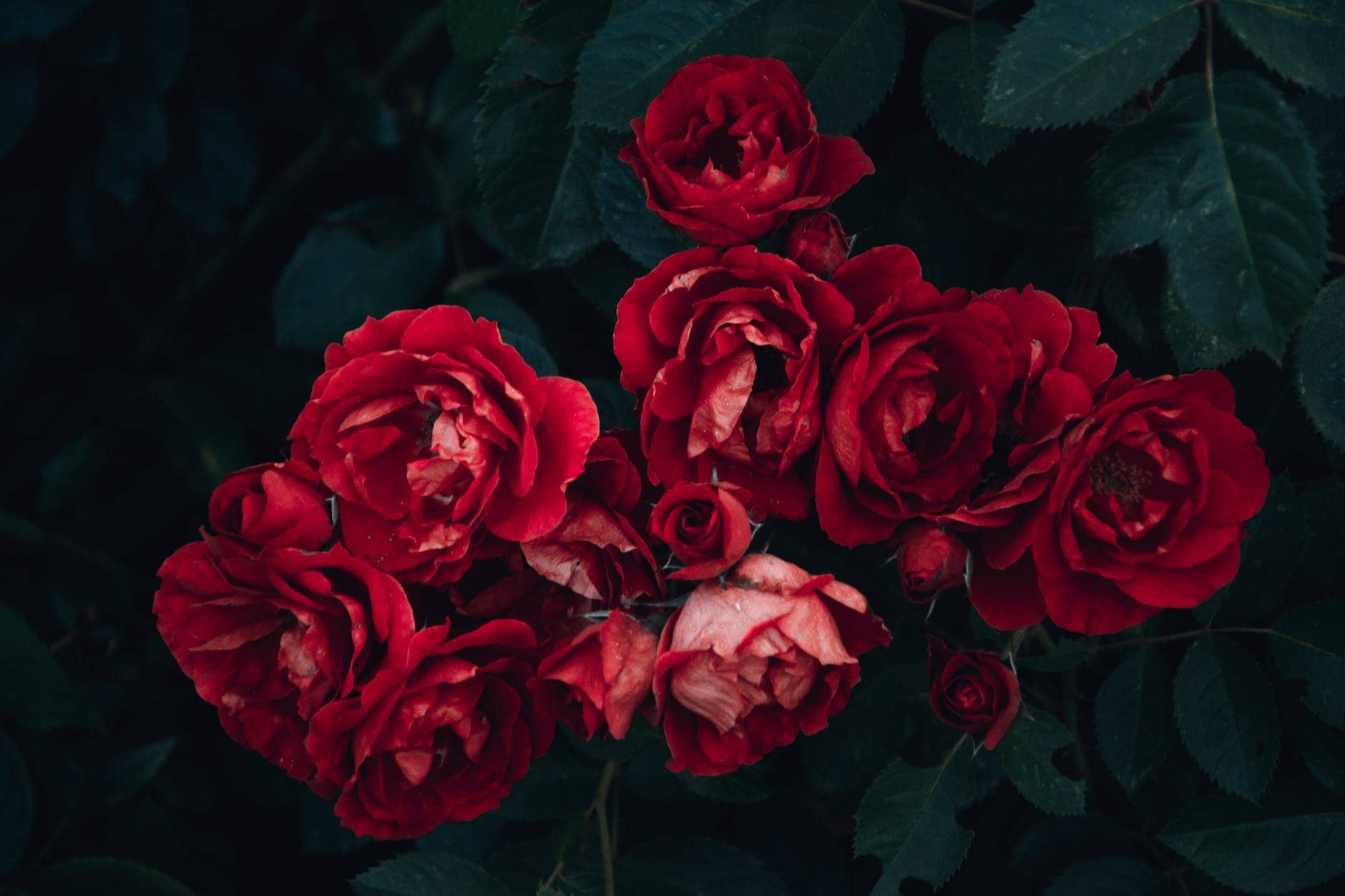
1. Red Roses: They’re widely recognized as a powerful symbol of love and respect. Their vibrant color captures attention and their boldness can be comforting in times of sorrow.
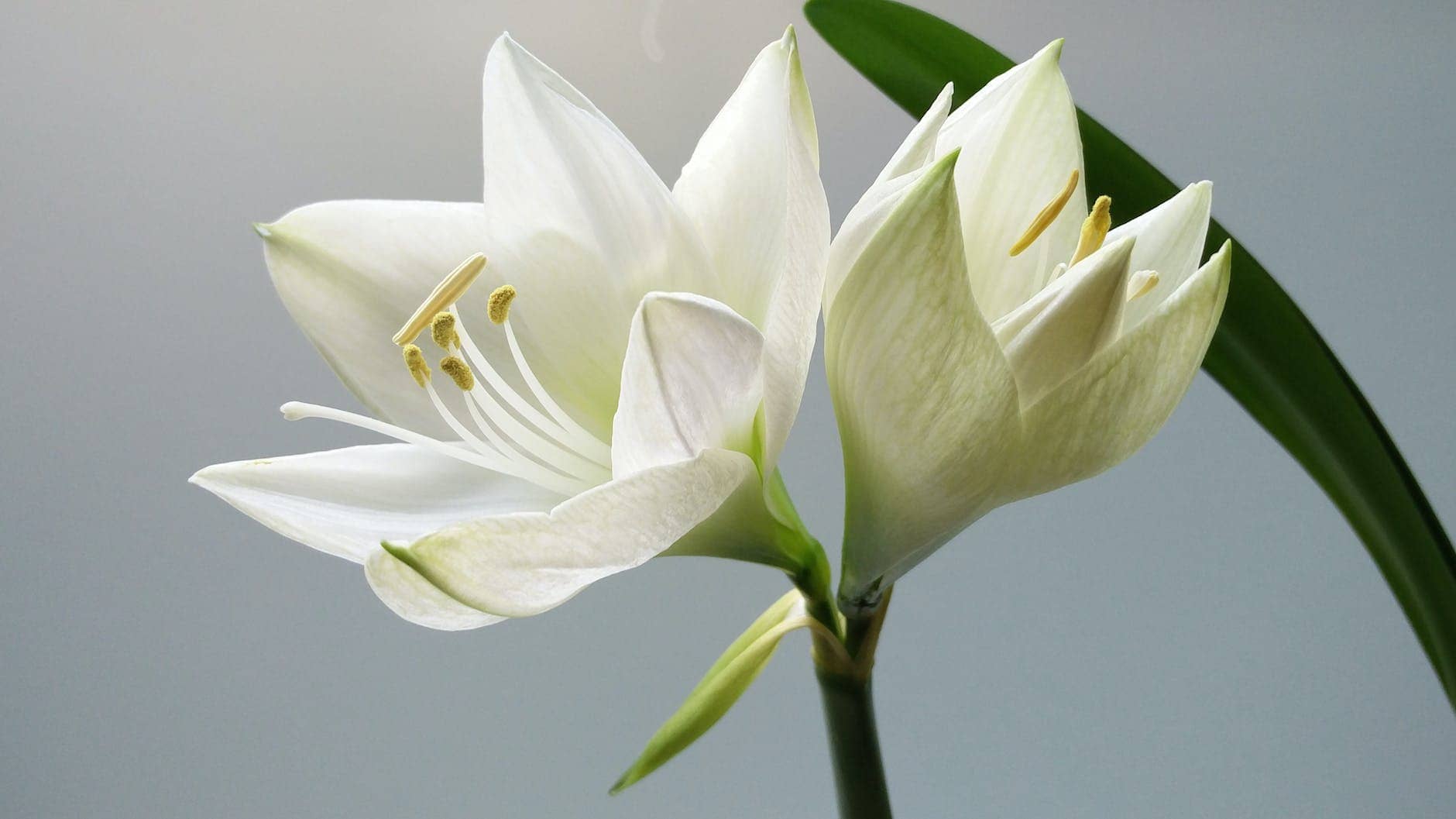
2. White Lilies: These delicate white flowers represent purity and innocence that has been restored to the deceased. In their stillness, they offer peace.

3. Red Carnations: Known for their long-lasting freshness, red carnations often symbolize deep love and admiration.
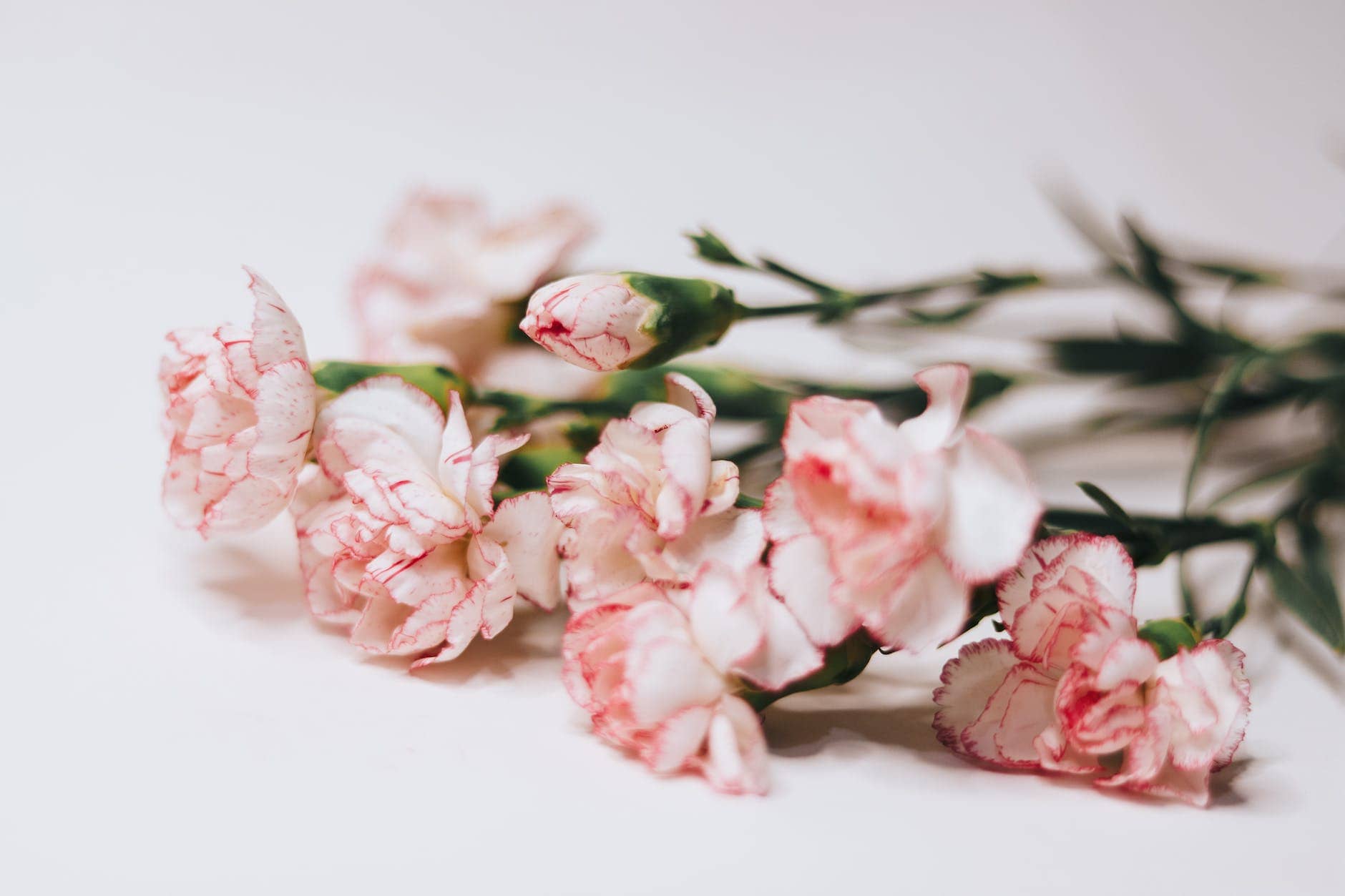
4. White Carnations: The pure color signifies innocence and pure love.
Each flower carries its own unique message; each bloom is a silent word spoken at a time when words may fail us.
Choosing the best sympathy flowers can feel daunting during a time already steeped in sadness, but remember this: your choice is personal and should reflect your relationship with the deceased – there isn’t a right or wrong flower.
Now that we’ve explored what some white flowers and others might signify as symbols of death let’s delve deeper into how other blooms may evoke feelings of remembrance and sympathy.
What flowers symbolize remembrance and sympathy?
So, when you’re looking to express sympathy or evoke remembrance, there’s a whole garden of options out there that can speak volumes. Through difficult times, floral arrangements become more than just beautiful decorations; they become symbols of everlasting love, remembrance, and sympathy.
| Flower | Meaning | Symbolism |
|---|---|---|
| White Chrysanthemums | Death, Grief, Honesty | In many cultures these flowers carry heavy connotations of death and are often used in funerals. |
| Calla Lilies | Beauty, Honor Strength of Character | These elegant blooms symbolize the return to innocence at death. |
| Oriental Lilies | Love, Respect, Courage | Their intoxicating fragrance is thought to help lift sorrowful moods. |
| Roses | Eternal Life, Majesty | The red carnation symbolizes love while white symbolizes good fortune. |
| Carnations | In many cultures, these flowers carry heavy connotations of death and are often used in funerals. | The color of the rose can change the specific meaning – red for love, pink for admiration, etc. |
White chrysanthemums remain a popular choice because they represent truth and loyal love. Calla lilies too have their specific meanings; their majestic beauty represents honor and strength of character during such a painful time. Oriental lilies offer hope through their symbolism for eternal life and majesty; their scent alone can bring comfort during your grief.
Even roses with their myriad colors hold different meanings – each one expressing a unique sentiment from deep passion to warm admiration or even spiritual purity.
As we continue to navigate through this topic together, we’ll delve deeper into what other profound messages these silent beauties convey as we transition next into ‘What are the symbolic meanings of funeral flowers?’
What are the symbolic meanings of funeral flowers?
You’re about to uncover the symbolic significance that various funeral flowers hold, each one conveying a unique message of love, loss, and hope. We’ve gathered insights about some of the most popular flowers used in funerals for their profound symbolism.
White orchids are often considered perfect flowers for such occasions because they symbolize purity, innocence, and new beginnings. Their delicate beauty makes them a poignant choice when crafting beautiful arrangements that whisper heartfelt condolences.
Gladiolus flower is another favored choice at funerals. Known as the flower of strength and integrity, it’s an expression of character qualities we admired in our loved ones and aspire to reproduce in our own lives.
Amongst all the beautiful flowers used at funerals, roses typically stand out as the best flower for expressing deep affection. The color of the rose also carries specific messages; red signifies respect and love, while yellow symbolizes strong bonds of friendship.
Choosing the right flowers can be challenging during times of grief. However, understanding their meanings can help us make an informed decision that truly honors our departed loved ones. For instance, lilies are traditionally associated with funerals due to their fragrant flower symbolizing restored innocence after death.
Frequently Asked Questions
Can the Color of a Flower Change Its Symbolic Meaning?
Absolutely, the color of a flower can alter its symbolic meaning. We’re well versed in this; we often choose flowers based on their colors to express specific feelings or convey particular emotions.
Roses are a classic example of this. Red roses symbolize love and passion, while yellow roses often symbolize friendship or joy. White roses are associated with innocence and purity, making them a common choice for weddings. On the other hand, black roses can symbolize death or farewell.
Lilies also have different meanings based on their color. White lilies symbolize purity and virtue, while orange lilies symbolize passion.
In Japan, the chrysanthemum is a symbol of the Emperor and the Imperial family, and a yellow chrysanthemum symbolizes the imperial family, while other colors symbolize happiness and love.
In the language of flowers, each flower color sends a specific message. So, choosing the right color can help you express exactly what you want to say.
What Other Symbols, Besides Flowers, Are Traditionally Associated With Grief and Mourning?
We’ve found that symbols of grief aren’t confined to flowers alone. For instance, doves are often associated with mourning, symbolizing peace and the departed soul’s journey towards tranquility after life’s tumultuous voyage. Here are a few examples:
1. Black Ribbon or Band: A black ribbon or armband is often worn to signify mourning. It is a symbol of grief and respect for the deceased.
2. Mourning Dove: The mourning dove is often associated with loss due to its melancholic song and the fact that it often mates for life.
3. Tears: Tears are a universal symbol of grief and mourning. They often appear in iconography and artwork to represent loss and sorrow.
4. Funeral Urn: A cremation urn, often simply called a funeral urn, is a vessel that holds the cremated remains of the deceased.
5. Candles: Candles are often lit in memory of the deceased, and their gentle, flickering light is seen as a symbol of the spirit.
6. Willow Tree: In many cultures, the willow tree is associated with mourning and grief. Its drooping branches are seen as a physical manifestation of sadness and loss.
7. The Color Black: In many Western cultures, black is the traditional color of mourning and funerals.
8. Empty Chair: An empty chair at a table or in a room can symbolize the absence of a loved one.
9. Broken Column: In cemetery iconography, a broken column often symbolizes a life cut short.
10. Clocks Stopped at the Time of Death: This is an old tradition that symbolizes that time stopped for the deceased.
11. Tombstones and Grave Markers: These are universal symbols of death and mourning.
12. Cross/Crucifix: In Christian tradition, the cross is a significant symbol of death, sacrifice, and resurrection.
13. Skulls/ Skeletons: These are universal symbols of death.
14. Angels: In many cultures, angels are seen as messengers that guide the soul to the afterlife.
15. Veils: In many cultures, veiling is a part of mourning, symbolizing the separation between life and death.
16. The Cypress Tree: This tree is often found in graveyards and is associated with mourning in many cultures.
How Did Flowers Come to Symbolize Specific Emotions or Situations, Like Grief?
We’re not entirely sure, but we believe people assigned meanings to flowers based on their characteristics and cultural beliefs. Over time, these associations became widely accepted and are still used in our society today.
However, here is some history that may shed light on this question. The practice of giving meanings to flowers is known as floriography. This was particularly popular in the Victorian era, where people used flowers as a way to express emotions that were not socially acceptable to voice out loud.
For example, red roses symbolize love and passion, while lilies are often associated with funerals and represent the restored innocence of the soul of the deceased.
The association of certain flowers with specific emotions or situations can also be traced back to ancient cultures and mythology. For instance, in Greek mythology, the goddess of love, Aphrodite, is often depicted with roses, contributing to their association with love.
In addition, some of these associations may come from the physical characteristics of the flowers. For example, the drooping nature of lilies may symbolize sorrow and grief.
Moreover, many religions use flowers as symbols too. For example, in Christianity, the white lily represents purity and virginity and is often associated with the Virgin Mary.
Ultimately, these associations are not universal and can vary between different cultures and societies. However, they have become widely accepted and used in many parts of the world today.
Are There Any Specific Flowers That Are Considered Taboo or Inappropriate for Funerals or Memorials?
We’re not aware of any flowers deemed inappropriate for funerals. However, it’s crucial to consider cultural beliefs and personal preferences when choosing flowers to honor a loved one’s memory respectfully.
Different cultures may have different customs and traditions regarding funeral flowers. For instance, in some cultures, certain colors, such as red or white, may signify death or mourning and may therefore be considered appropriate for funerals. Similarly, some religions or cultures may have specific flowers associated with death or mourning. For example, in the Buddhist tradition, white flowers are often used in funerals, while red flowers are considered inappropriate.
Always take into account the cultural, religious, and personal beliefs of the deceased and their family when choosing funeral flowers. If you are unsure, it is best to ask someone close to the deceased or a professional florist who may have experience with these customs.
Do All Cultures Use Flowers to Symbolize Grief and Mourning, or Is This Primarily a Western Tradition?
We’ve noticed that using flowers to symbolize grief isn’t just a Western tradition. Many cultures worldwide express mourning through floral tributes, each with their unique interpretations and traditional meanings.
Conclusion
In our quest to understand the language of flowers, we’ve learned that they speak volumes. It’s ironic, isn’t it? How something as beautiful as a flower can represent grief and mourning. Yet, they provide comfort in their silent eloquence.
They remind us of life’s fleeting nature, stirring sympathy and remembrance. We hope this knowledge helps you choose the most fitting floral tribute for your loved ones when words simply aren’t enough.

